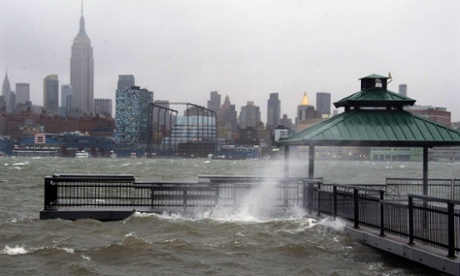Climate change survival: companies need courage… and new metrics
First published in the Guardian on April 24th, 2014.
Today, tremendous work is being done to develop the metrics of natural capital. All kinds of very smart people and organizations are making the “business case” for sustainability, making tortuous calculations as they analyze the life cycles, carbon production and water footprints of a variety of products, all in an attempt to make the best possible business and marketing choices.
This arduous work is being done – finally – by gifted and smart accountants, economists and supply chain and manufacturing experts, from the Global Reporting Initiative to the Sustainability Accounting Standards Board to the Carbon Disclosure Project to the World Bank’sNatural Capital Accounting. I appreciate all of this work. We need it.
But, impressive as this work is, it is no replacement for having the courage to actually contemplate the state of the world around us. Right now, we are looking on with a mix of disbelief and ennui as extreme weather engulfs us. In some cases, we are trying to take what appear to be reasonable steps, mostly in order to protect our precarious perch in the world’s economy. The trouble is, the time for reasonable has passed. We have somehow forgotten that if there is no nature, there is no business.
We are in a global environmental emergency, but we are behaving as if incremental improvements to “business as usual” will do. Talk to a scientist, a fisherman, a native of a low-lying island or a farmer stymied by drought, heat or floods. Or for that matter, talk to anyone who has been flooded in southern England or Pakistan; or who is making flood


